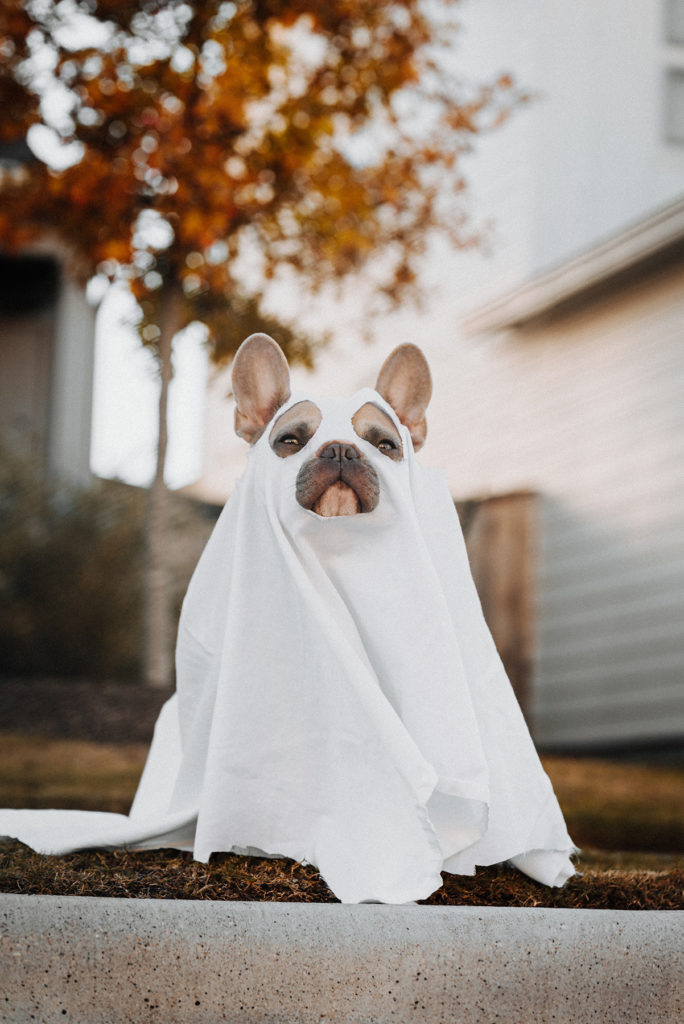If you aspire to create authentic experiences that consumers will connect with on an emotional level, you must seek excellence, not perfection.
Perfection, even the pursuit of it, is the enemy of authenticity. This might come as a surprise to many. Perfection is an unattainable goal, to begin with, and a fruitless pursuit that results in conformity and mediocrity. Excellence is not about perfection but about striving to reach the height of human achievement in all its flawed humanity. Perfection is nothing more than a flawed perception of one person’s idea of what works in theory, entirely dependent on what they know at the time, which is always incomplete. Perfection doesn’t exist in real life, and so it will never have the feel of authenticity.
This is why it’s so hard for real estate developers to recreate an organic downtown neighborhood in the middle of what was once a cornfield. All the flaws and rough edges that require human innovation have been solved, removed, or filed down. We don’t allow for creativity and innovation when we pursue perfection, inhibiting us from ever reaching a point of excellence. Steel sharpens steel, so if you remove all the sharp edges, you end up with nothing but a dull box.
Perfection, even the pursuit of it, is the enemy of authenticity.
This is the blind spot of artificial intelligence. There is no way to account for mistakes that you cannot imagine in a computer program. There is no logic to authenticity because the human experience is not entirely a logical existence, but almost entirely an emotional one.
According to tradition, a Persian rug must have a flaw if it is to be deemed, according to the old proverb, perfectly imperfect and precisely imprecise. An intentional and slight imperfection (derived from the religious belief that God is the only perfect being) is the mark of excellence.
In the days before the internet became an ever-present part of daily life when it was just another tool that we sometimes used if the connection was fast enough, we still did most of our research by looking at books. To some of the younger people out there, this might feel like you’re about to hear a story about when a car cost a nickel, but for some of us, it feels like it was just yesterday.
One of the common forms of research we used to do was looking for art. We even called what we found, research. Whether it was illustrators, type designers, or photographers, we looked through books, catalogs, and magazines to find the things that inspired us.
Photographers were often found in large hardbound annuals such as Workbook®, which were in essence, a huge book of ads from photographers and agents, pitching their best work, represented by little more than a few images on a page or two, among hundreds of other photographers and illustrators, all doing the same thing. If this was a precursor to the internet, but it had the feel of a small town compared to the insanity of the internet. Think Mayberry as opposed to Hong Kong.

We went through an even more immersive exercise when it came to searching for and finding stock photography, which was also presented in the form of bound books. These came out periodically, from a variety of different stock houses, and contained a wide variety of images on any manner of subjects, styles, and genres.
Today you might decide you need a photo of a young, ethnic boy, under the age of ten, carving a pumpkin with his mom in a Southern climate, and with a few keystrokes and the click of a mouse, you might very well find hundreds to choose from. Before the advent of digital libraries, high-speed internet, and artificial intelligence algorithms, we were forced to do things a bit differently.
Back then, our only option short of shooting it ourselves was to look through multiple books, from different companies, choosing from their page or two of holiday imagery, and most likely settling for a photo of a white girl holding a pumpkin in a field.
If you were looking for something really specific, you could call and speak to a researcher who could gather together a collection of available images and FEDEX you the physical transparencies to look at on a light table with a magnifying glass, which you would then scan and place into the document to see if you liked them. Clearly what we have today is substantially easier, faster, cheaper and more efficient, but that’s not the point. The point is that the ability to search today is too good. It’s too perfect. What the computer programmers did was to remove the chaff from the wheat, but in doing so, they also removed the possibility of accidental discovery.
All those hours spent pouring over books of stock imagery left us with an imperfect mental inventory of images, many of which we would have never been looking for in the first place. How would you ever you know you needed a great photo of a bald cabbie yelling out his car window unless you’d seen, or even imagined, that such a thing existed?
If you aspire to create authentic experiences that consumers will connect with on an emotional level, you must seek excellence, not perfection. Aspire to the perfectly imperfect and precisely imprecise. Leave enough room in your plans for opportunity and chance and your customers might reward you with something as improbable and illogical as love.
Be good enough, let someone else help, and together you can create excellence.















